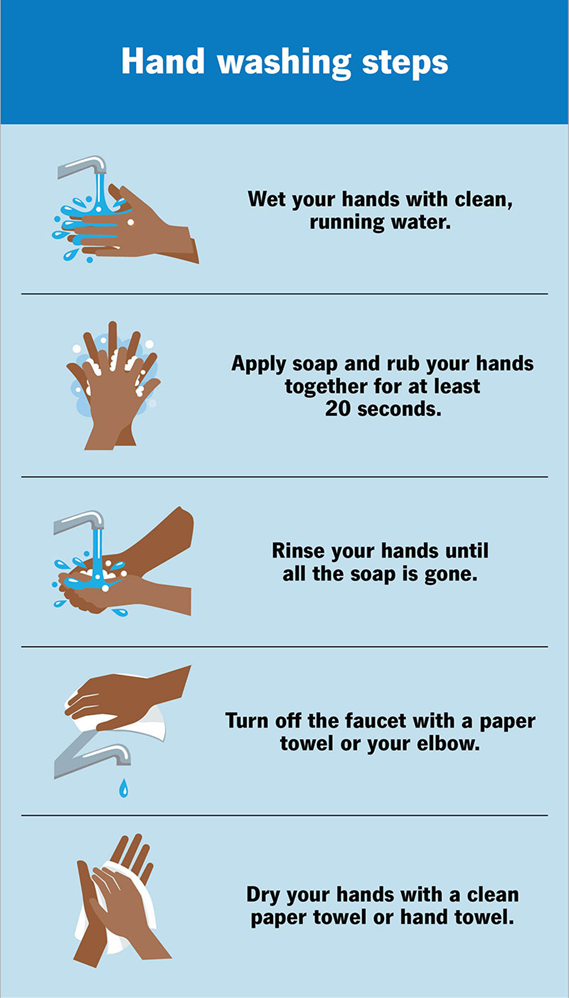A nurse is assessing a client's environment. Which of the following client statements indicates that a client is living in a faulty built environment?
The client reports there are bike paths or running trails in their community.
The client reports contaminants in their drinking water at home.
The client reports that there is limited public parking on their street.
The client reports a lack of community centers in their neighborhood.
The Correct Answer is B
Choice A Reason:
The client reports there are bike paths or running trails in their community. This statement indicates a positive aspect of the built environment. The presence of bike paths and running trails promotes physical activity and overall well-being. It does not suggest any faults in the built environment.
Choice B Reason:
The client reports contaminants in their drinking water at home. This statement clearly indicates a faulty built environment. Contaminated drinking water poses significant health risks and reflects poor infrastructure or inadequate maintenance of water supply systems. Ensuring access to clean and safe drinking water is a fundamental aspect of a healthy built environment.
Choice C Reason:
The client reports that there is limited public parking on their street. While limited public parking can be an inconvenience, it does not directly indicate a faulty built environment. Parking availability is more related to urban planning and transportation policies rather than the overall quality of the built environment.
Choice D Reason:
The client reports a lack of community centers in their neighborhood. Although the absence of community centers can affect social interactions and community engagement, it does not necessarily indicate a faulty built environment. It highlights a gap in community resources but does not directly impact the safety or health of the environment.
Nursing Test Bank
Naxlex Comprehensive Predictor Exams
Related Questions
Correct Answer is D
Explanation
Choice A Reason:
The portal of entry refers to the site through which pathogens enter the body. While handwashing can indirectly affect the portal of entry by reducing the number of pathogens on the hands, it primarily targets the mode of transmission. The portal of entry includes areas such as the respiratory tract, gastrointestinal tract, and breaks in the skin.
Choice B Reason:
The susceptible host is an individual who is at risk of infection due to factors such as age, underlying health conditions, or weakened immune systems. Handwashing does not directly alter the susceptibility of the host but rather reduces the likelihood of the host coming into contact with pathogens.
Choice C Reason:
The portal of exit is the site from which pathogens leave the host to infect another individual. Common portals of exit include the respiratory tract, gastrointestinal tract, and open wounds. Handwashing does not directly impact the portal of exit but helps prevent the spread of pathogens from one person to another.
Choice D Reason:
Mode of transmission refers to the way pathogens are transferred from one host to another. Handwashing is a critical intervention that targets this link in the chain of transmission by removing pathogens from the hands, thereby preventing their spread through direct contact or contact with contaminated surfaces. This is why proper handwashing technique is emphasized in infection control practices.

Correct Answer is D
Explanation
Choice A: Implementing the Teach Back Method When Prescribing Medication
The Teach Back Method is an effective communication strategy where healthcare providers ask clients to repeat back the information given to ensure understanding. While this method can improve medication adherence and health literacy, it does not directly address the broader systemic issues related to poverty. It is a useful tool but not the most impactful intervention for breaking the cycle of poverty.
Choice B: Replacing Medicare Programs with Medigap Policies
Medigap policies are supplemental insurance plans that cover costs not included in traditional Medicare. However, replacing Medicare programs with Medigap policies would not necessarily improve outcomes for clients impacted by poverty. Medigap policies can be expensive and may not be affordable for low-income individuals. This intervention does not address the root causes of poverty or improve access to essential health services.
Choice C: Eliminating the Use of Client Portals or Virtual Visits
Eliminating client portals or virtual visits would likely have a negative impact on client outcomes, especially for those in poverty who may have limited access to transportation. Virtual visits and client portals provide convenient access to healthcare services, allowing clients to communicate with providers, access medical records, and receive care without the need for in-person visits. Removing these options would reduce access to care for many individuals.
Choice D: Opening a Community Health Center in an Underserved Area
This is the correct choice. Opening a community health center in an underserved area directly addresses the lack of access to healthcare services, which is a significant barrier for individuals living in poverty. Community health centers provide comprehensive primary care, preventive services, and support for managing chronic conditions. They often offer sliding scale fees based on income, making healthcare more affordable and accessible for low-income populations. By improving access to healthcare, community health centers can help break the cycle of poverty and improve overall health outcomes.
Whether you are a student looking to ace your exams or a practicing nurse seeking to enhance your expertise , our nursing education contents will empower you with the confidence and competence to make a difference in the lives of patients and become a respected leader in the healthcare field.
Visit Naxlex, invest in your future and unlock endless possibilities with our unparalleled nursing education contents today
Report Wrong Answer on the Current Question
Do you disagree with the answer? If yes, what is your expected answer? Explain.
Kindly be descriptive with the issue you are facing.
